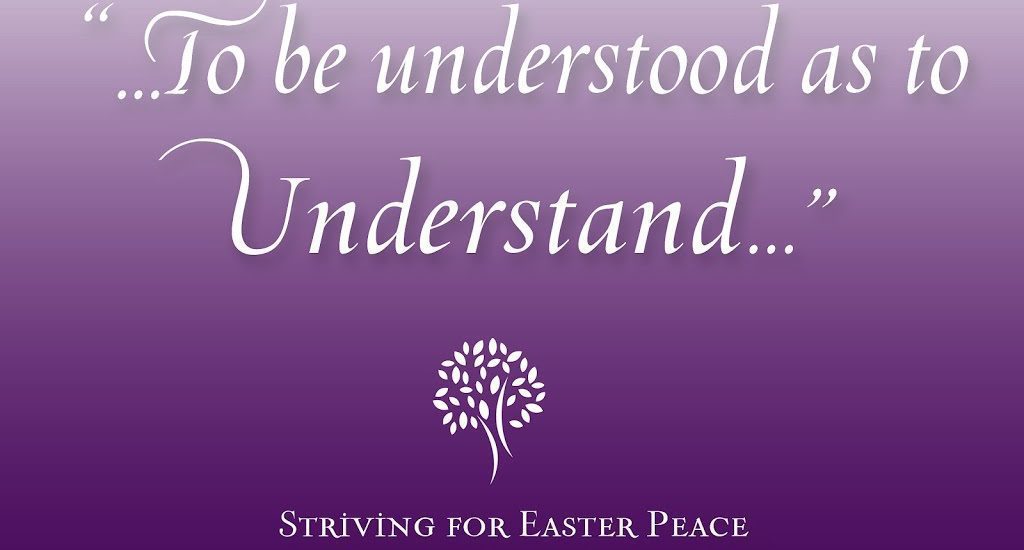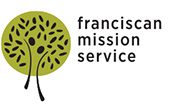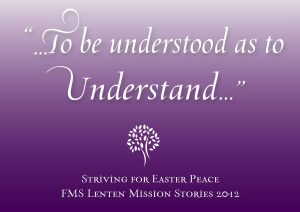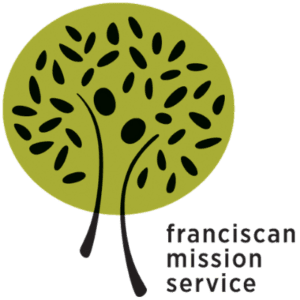“To be understood, as to understand” – Teacher learns a lesson in Guatemala

Today’s mission story about David LaDuca teaching in Guatemala (2004-2007) illustrates two important characteristics of FMS. The first is that we ask the community what they need — we do not try to force help on them, and we do not want to take their jobs away. The local community knows their needs better than we do.
The second important characteristic is that our missioners bring back to North America the understanding that they gain abroad. Their experiences help them realize how other people live, think, celebrate, survive or — in David’s case — learn. This understanding helps missioners to continue to make an impact at home and to bridge cultural divides.
So on this Lenten Friday, let us pray that we may not seek “to be understood as to understand,” so that we can continue to grow as peacemakers.
“I taught English during my service in Guatemala. The invitation to do so came from a school in a small town where the population was balanced between traditional Mayans in their hand-woven, embroidered clothes and progressive Latinos (ladinos) who wore western clothing.
I inherited classes that had been taught by local teachers who were transferred, so I did not take away a job from any of the paid teachers. In addition, I told them that I didn’t want to do something that they could already do for themselves.
‘No,’ they said. ‘We need you to do what no local English teacher can do. We have English teachers and textbooks as well. The kids get very good grades in English class but there is one problem: no one, no student, no teacher actually SPEAKS English. Please help us.’
At first I taught English to seventh and eighth graders, developing my methods from some well-worn textbooks I found in a long-unused locker. My previous training was in science and I tried to listen to the students and put myself in their shoes as well as meet with other teachers. I developed materials and later abandoned them. This process of selecting and discarding techniques went on as I tried to capture the students’ interest in important issues.
[Editor’s note: This teaching style reminds one of the “concientization” method developed decades ago in Brazil by the reknown pedagogue, Pablo Freire. He used literacy classes to draw his students’ attention to crucial issues such as poverty, housing, political oppression etc.]
Just before the end of my first year of teaching I went to a fifth-grade classroom to visit the kids who would become my students. And I met Neidy.
During my visit, several of the children showed me their notebooks and they all looked pretty much the same – except for Neidy’s. Her notebook looked a lot like my playbook. Next to the words she copied from the blackboard, Neidy would scribble little memory aids – next to “two” she wrote “tu”; next to “eight” was “eit”; next to “thank you” was “fenk iu”. I smiled at Neidy and told her that next year’s English class was going to be her favorite year.
 |
| David LaDuca (Guatemala, 2004-2007) with his students in English class. |
Since that experience as a missioner with Franciscan Mission Service, I have continued to teach English as a second language to Spanish-speakers. I still use this method of transcription which draws from the alphabet in Spanish as much as possible. My students quickly seem to appreciate the fact that my lessons are easier to practice and repeat at home because they include these memory aids from their own language.
FMS did not send me as a specialist in English. They simple challenged me to ask, ‘How can I help in Guatemala?’ and asked Guatemala, ‘What do you need?
That is what those who pray for and fund this lay mission organization support: missioners who believe that dynamic listening, dynamic living and dynamic service can pave the way for miracles. (Didn’t Jesus ask the waiters at Cana to fill the jugs with water before he turned it into wine?) God’s hand was surely involved there as I sweated out the literacy process which Neidy and I developed.”
Tagged in:


